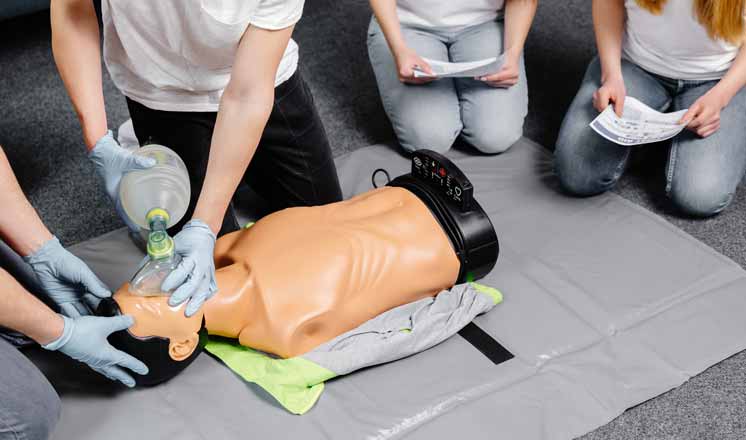Cardiopulmonary Resuscitation (CPR) is a life-saving skill that can make a significant difference in emergencies. Whether you’re a healthcare professional or a concerned citizen, learning CPR can empower you to respond effectively in critical situations. Before you enroll in a CPR class, here are five essential things you need to know:
Purpose and Importance of CPR
Understanding why CPR is crucial can motivate you to learn and practice the skill diligently. CPR is performed when someone’s heart stops beating or when they stop breathing. The goal is to manually pump blood to vital organs, such as the brain, and provide oxygen to the lungs until professional medical help arrives. CPR can significantly increase the chances of survival during cardiac arrest, making it a vital skill for both healthcare providers and the general public.
Different CPR Certification Levels
CPR classes offer various certification levels to cater to different needs and professions. The American Heart Association (AHA) and the Red Cross, among others, provide certification courses tailored to different audiences. The two primary levels are:
Basic Life Support (BLS): Designed for healthcare providers such as doctors, nurses, and paramedics.
Heartsaver CPR/AED: Geared towards non-healthcare professionals, including teachers, parents, and office workers.
Choose the certification level that aligns with your needs and responsibilities. Some courses may also include specific modules like CPR for infants and children.
Hands-On Training and Practice
CPR is a skill that requires hands-on practice to ensure proficiency. A quality CPR class should provide ample opportunities for participants to practice chest compressions, rescue breaths, and the use of automated external defibrillators (AEDs). Hands-on training not only reinforces the proper techniques but also builds muscle memory, enhancing your ability to respond effectively in an emergency.
Updated Guidelines and Techniques
Medical guidelines and techniques for CPR are periodically updated based on research and advancements in resuscitation science. Before enrolling in a CPR class, ensure that the curriculum aligns with the latest guidelines from reputable organizations like the American Heart Association or the Red Cross. Stay informed about changes in techniques and recommendations to ensure that you are learning the most current and evidence-based practices.
Renewal and Recertification Requirements
CPR certification is typically valid for a specific period, commonly two years. After this period, you’ll need to renew your certification through a recertification course. Stay aware of your certification expiration date, and make plans to attend a renewal class promptly. Recertification courses are often shorter than initial certification courses but cover essential updates and refresh your skills. Regular renewal ensures that you stay up-to-date with the latest protocols and remain confident in your ability to perform CPR effectively.
In conclusion, enrolling in a CPR class is a responsible and potentially life-saving decision. Understanding the purpose of CPR, choosing the right certification level, participating in hands-on training, staying updated on guidelines, and being aware of renewal requirements are all crucial aspects of preparing for and maintaining this essential skill. By taking these factors into consideration, you can approach your CPR training with confidence and be better equipped to respond in emergency situations.



